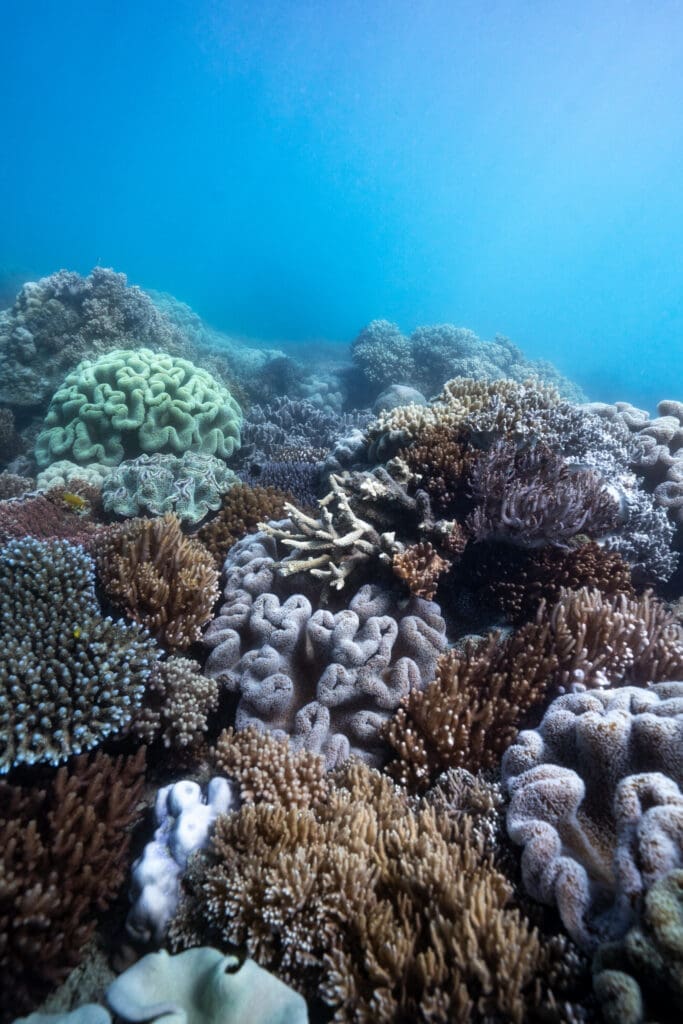The Vibrant Underwater Forests: A Deep Dive into Coral
Coral, often mistaken as just colourful ocean rocks, plays a crucial role in marine ecosystems. These vibrant underwater organisms are much more complex and fascinating than they might initially appear. They form some of the world’s most productive ecosystems, providing shelter, food, and breeding grounds for countless marine species. Yet, despite their importance, many people remain unaware of the critical role that corals play in our world. This article explores the biology, ecology, and conservation issues surrounding these remarkable organisms.



Understanding Coral
Contrary to common belief, coral is not an inanimate rock but a living creature. More specifically, most corals are colonies of tiny animals called polyps, a type of invertebrate in the phylum Cnidaria. Each polyp is equipped with a ring of tentacles used for capturing food from the water column. At the base of these polyps, they excrete calcium carbonate, creating the hard, rock-like structure we associate with coral.
Interestingly, corals have a symbiotic relationship with a type of algae known as zooxanthellae. These algae live within the coral polyps’ tissues and perform photosynthesis, providing the coral with essential nutrients. In return, the coral offers the algae a protected environment and the compounds they need for photosynthesis. This mutual relationship is crucial for the survival of both organisms and the overall health of the coral reef.
Coral Reefs
Coral reefs, often referred to as the “rainforests of the sea,” are biodiversity hotspots. They occupy less than 0.1% of the world’s ocean area, yet they provide a home for 25% of all marine species. Coral reefs offer a complex structure with many hiding places, making them an ideal habitat for a wide range of creatures, from tiny invertebrates to massive fish.
Moreover, coral reefs are not just beneficial for marine life; they are also incredibly valuable to humans. They provide coastal protection by reducing 97% of the wave energy that could otherwise impact coastlines, preventing erosion, and reducing the damage from storms. Additionally, they contribute to local economies through tourism and fisheries. It’s estimated that coral reefs provide $375 billion per year globally in goods and services.
Threats to Coral
Unfortunately, these vibrant ecosystems face numerous threats. Climate change, leading to ocean warming and acidification, poses the most significant danger. Warmer ocean temperatures can cause coral bleaching, a stress response where corals expel their symbiotic algae, turning white and making them more susceptible to disease and death.
Additionally, overfishing and destructive fishing practices, pollution, and physical destruction from coastal development also contribute to the decline of coral reefs. Whilst our reefs here in the Whitsundays are looking beautiful we could experience a deterioration of these ecosystems in the next few decades if we don’t take significant action.
The Future of Coral
Conservation efforts for corals are now more critical than ever. Scientists and conservationists are working tirelessly to protect and restore these vital ecosystems. By implementing sustainable fishing practices, reducing greenhouse gas emissions, and developing coral breeding programs, we can help ensure the survival of these vibrant underwater forests.
Conclusion
Corals are more than just pretty underwater decorations; they’re complex organisms that form some of the most critical ecosystems on our planet. By understanding and appreciating these remarkable creatures, we can help ensure their survival and the continuation of the countless benefits they provide. Ocean Rafting is proud to be involved in a range of initiatives monitoring and protecting this incredible environment. We trust you will enjoy this incredible place with us, so please help us look after the Whitsundays that we are lucky enough to call home.

